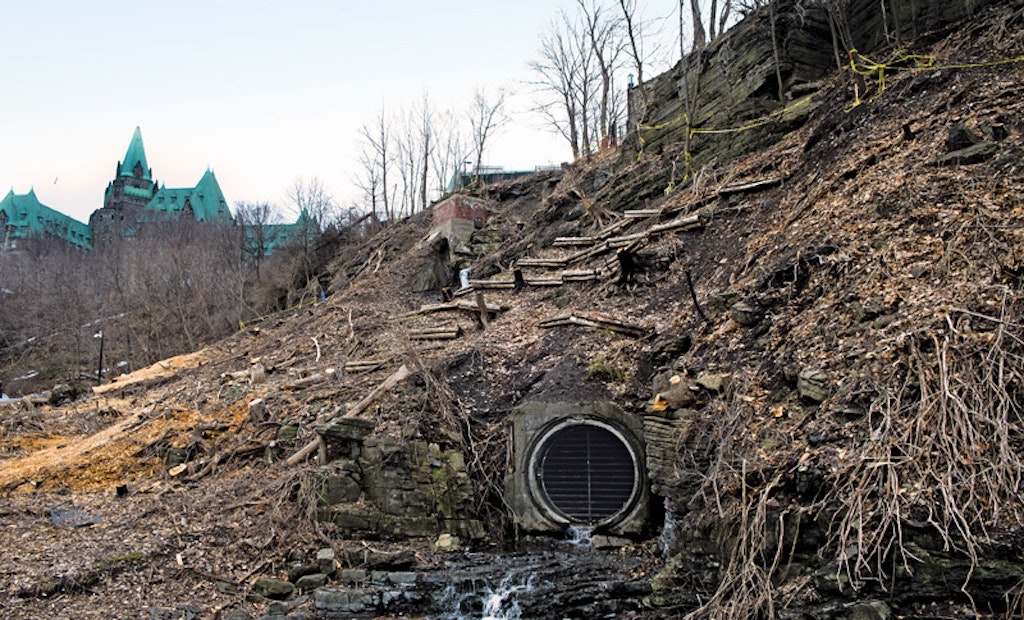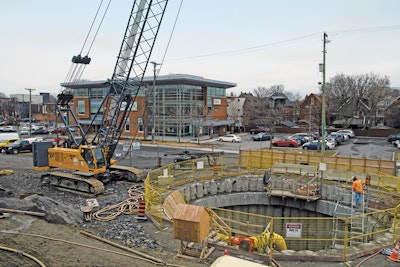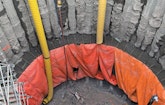
Some projects protect waterways. Some preserve a city and nation’s history.
As the capital city of Canada, Ottawa will play a central role in the country’s 150th anniversary this year. It’s fitting that the city is also ramping up its efforts to knock out combined sewer...








